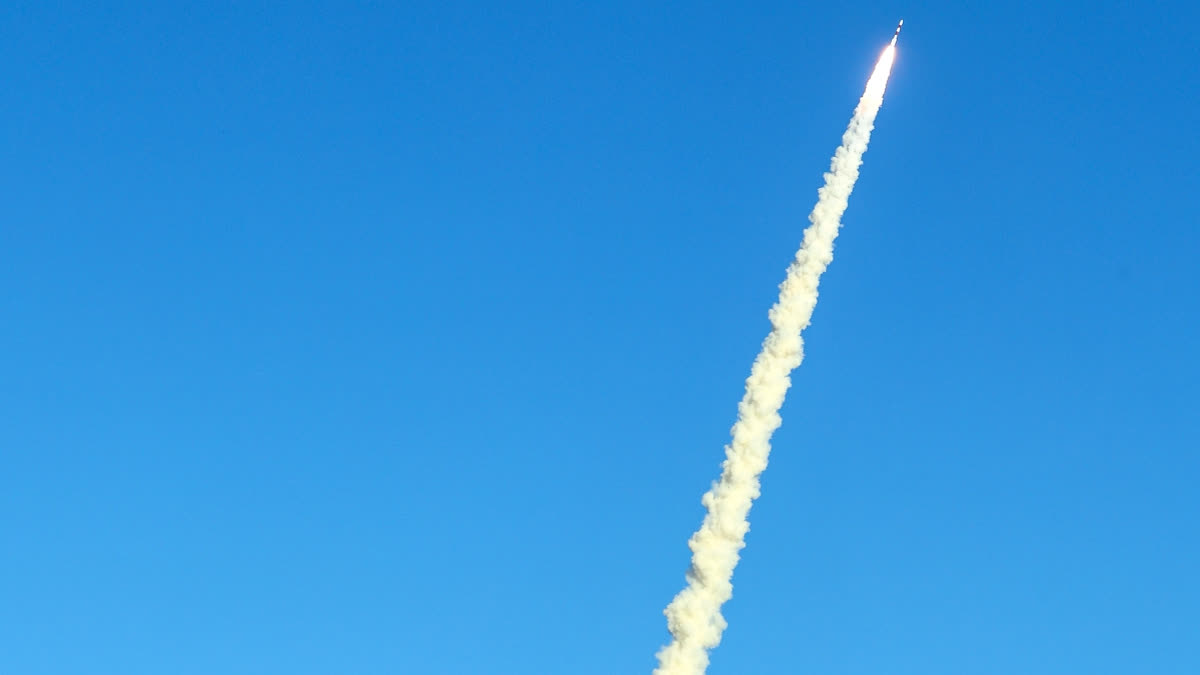Sriharikota: The countdown for ISRO's Space Docking Experiment onboard a PSLV rocket on Monday that would be a key milestone in India's space programme, commenced on Sunday evening, the space agency said. A cost-effective technology demonstrator mission for in-space docking, would make India join an elite list featuring China, Russia and the US.
ISRO has scheduled the lift-off of the PSLV-C60 rocket, at 9.58 pm from the first launch pad at this spaceport here on December 30 and it would carry SpaDeX with two spacecraft as the primary payloads along with 24 secondary payloads. "PSLV-C60/SpaDeX Mission Launch countdown commenced at 9 pm" on Sunday, an ISRO official told PTI.
The in-space docking technology would be essential for taking up India's ambitions in space including sending humans to the Moon, bringing samples from there, and also building and operating India's own space station- Bharatiya Antariksh Station. The docking technology would also be utilised when multiple rocket launches are planned to achieve common mission objectives.
ISRO said the two spacecraft in the PSLV rocket-- Spacecraft A (SDX01) and Spacecraft B (SDX02) would be placed in an orbit that would keep them 5 km apart from each other. Later, scientists at ISRO headquarters would try to bring them closer up to 3 metres which would subsequently lead them to merge at an altitude of about 470km above Earth.
The process is expected to take place about 10-14 days after the scheduled lift-off on Monday, ISRO officials said. In the SpaDeX mission, Spacecraft A carries a High-Resolution Camera, while Spacecraft B has a Miniature Multispectral Payload and a Radiation Monitor Payload. These payloads would provide high-resolution images, natural resource monitoring, and vegetation studies among others.
Apart from this significant mission, scientists would also conduct the PSLV Orbital Experimental Module-4 (POEM-4) in which 24 payloads--14 from ISRO and 10 from industry and academia, would be placed in the desired orbits one after the other over 90 minutes after the lift-off.
The life of the payloads in the fourth stage would be about three to four months. The vehicle for the PSLV-C60 mission used here would be the 18th Core-Alone variant. This would be ISRO's last mission in 2024 and the PSLV-C60 is the first vehicle to be integrated up to the fourth stage at the PSLV Integration Facility that has been established here.
(Except for the headline, this story has not been edited and is published from a syndicated feed.)



